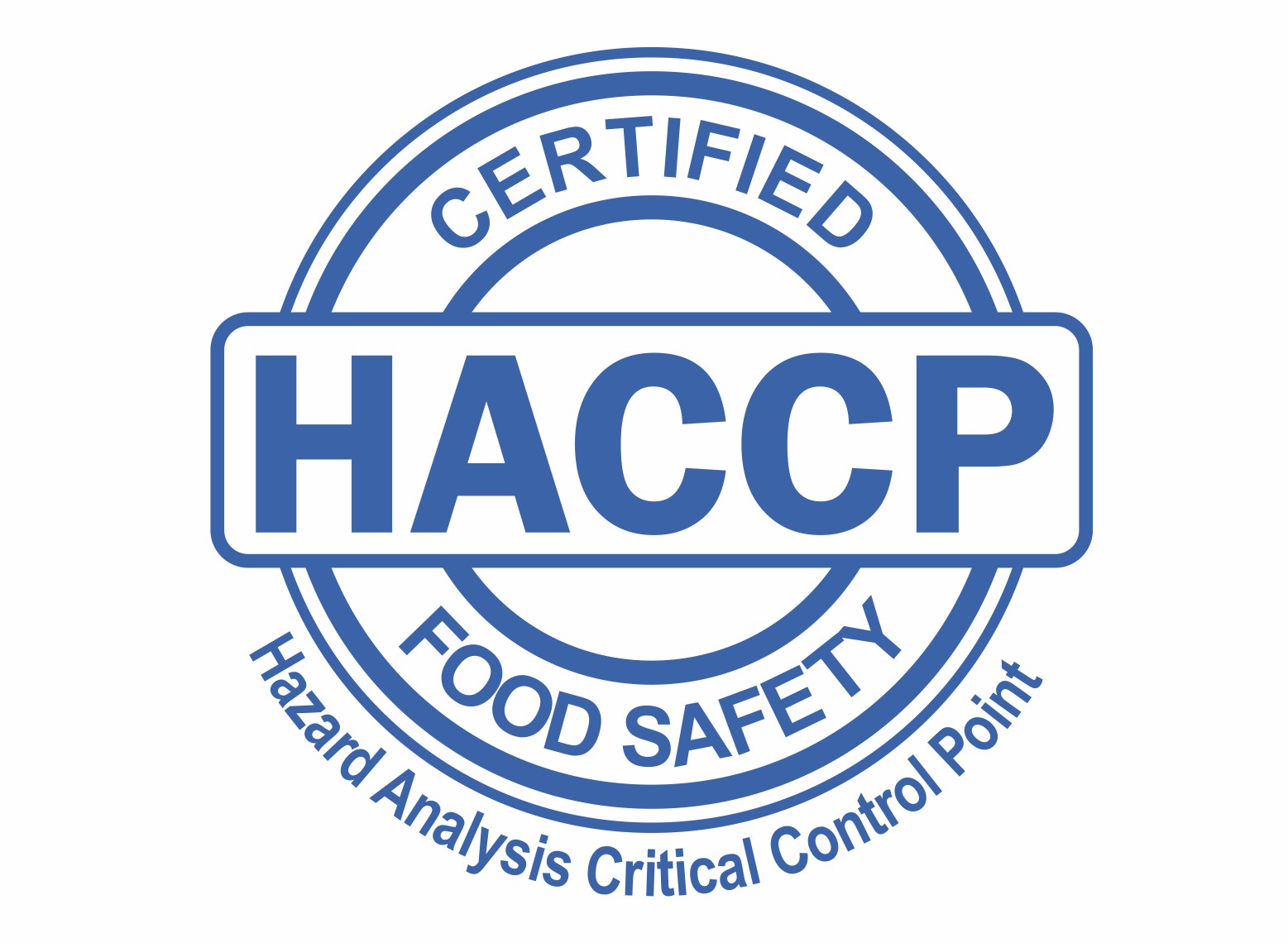Food safety
Food safety is the most important aspect of our business. Our company was an early adopter of HACCP (Hazard Analysis Critical Control Points) and Global GAP (Good Agricultural Practices) and GMP (Good Manufacturing Practices) standards, and they remain the cornerstone of our operation.
Our entire process and supply chain, from the farming to the harvesting, handling, processing and packing of our product is food safety certified under the Primus Labs GFS program. This program has been successfully benchmarked by the international Global Food Safety Initiative (GSFI) and it incorporates all new FSMA (Food Safety Modernization Act) requirements, including those of the Produce Safety Rule, Preventive Controls for Human Food, and the Sanitary Transportation Rule, as well as other regulatory requirements, such as the Safe Food for Canadians Regulations, along with the new standards of GFSI’s Guidance Documents for both Good Agricultural Practices (GAPs) and Good Manufacturing Practices (GMPs).
HACCP is at the core of our food safety ethos. HACCP stands for Hazard Analysis Critical Control Points and it is the international standard which was established for preventing hazards that could cause food-borne illnesses by applying science-based controls, from raw material to finished products.
The Seven Principles of HACCP:
Analyze potential hazards associated with a food and measures to control those hazards such as ground glass or metal fragments.
Identify critical control points. These are points in a food's production-from its raw state through processing and shipping to consumption by the consumer-at which the potential hazard can be controlled or eliminated. Examples are cooking, cooling, packaging, and metal detection.
Establish preventive measures with critical limits for each control point. For a cooked food, for example, this might include setting the minimum cooking temperature and time required to ensure the elimination of any harmful microbes.
Establish procedures to monitor the critical control points. Such procedures might include determining how and by whom cooking time and temperature should be monitored.
Establish corrective actions to be taken when monitoring shows that a critical limit has not been met. For example, reprocessing or disposing of food if the minimum cooking temperature is not met.
Establish procedures to verify that the system is working properly. For example, testing time-and-temperature recording devices to verify that a cooking unit is working properly.
Establish effective record-keeping to document the HACCP system. This would include records of hazards and their control methods, the monitoring of safety requirements and action taken to correct potential problems. Each of these principles must be backed by sound scientific knowledge: for example, published microbiological studies on time and temperature factors for controlling food borne pathogens.



